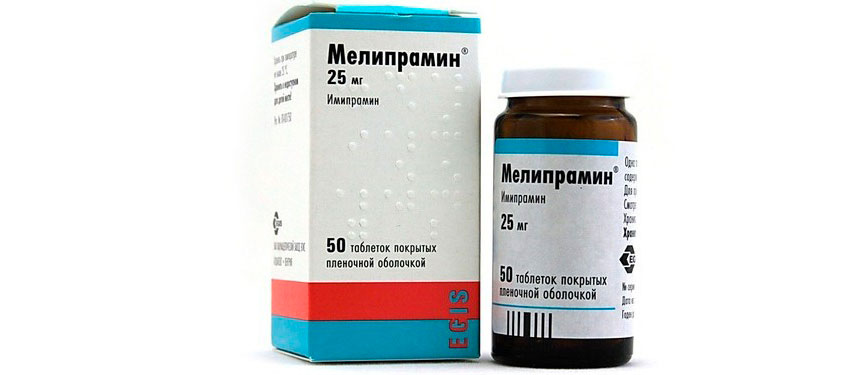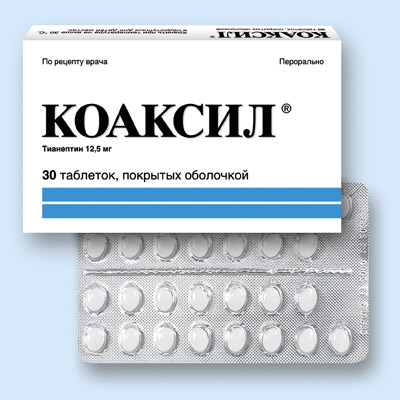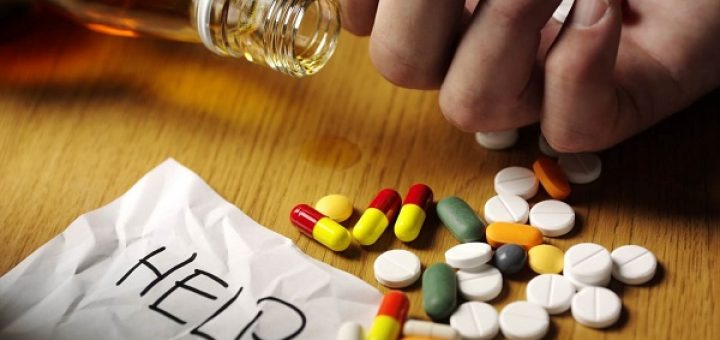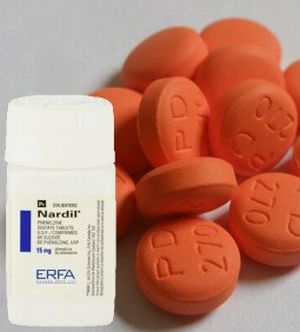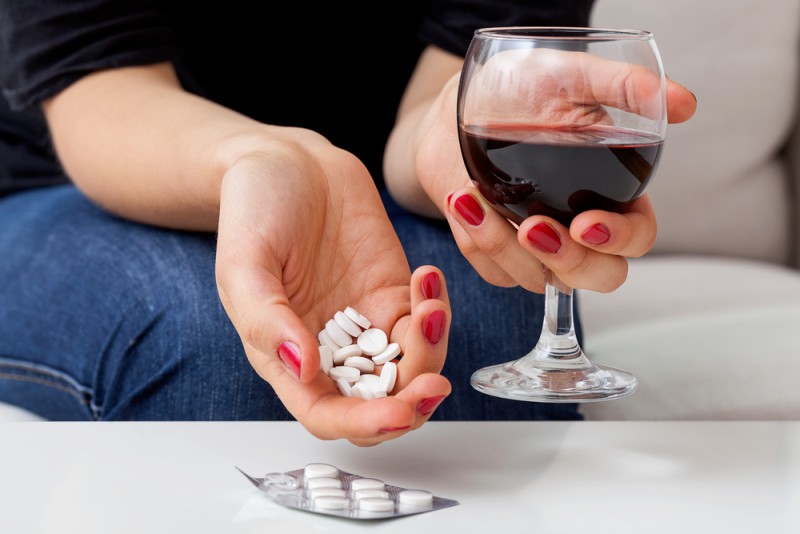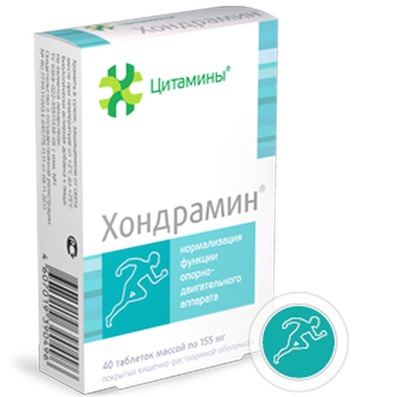Cipralex - instructions, dosage, side effects, analogs
19 Apr 2019
Antidepressant: Cipralex
Active ingredient: Escitalopramum (escitalopram)
Analogs: Selectra, Lexapro (lexapro), Lexam, Lexamil, Seroplex.
Escitalopram belongs to the group of antidepressants-SSRIs (selective serotonin reuptake inhibitors). Inhibiting the reverse capture of this neurotransmitter by neurons of the brain, the drug increases its free concentration in the presynaptic gap (the gap between the neurons). This, in turn, has a pronounced antidepressant effect. Escitalopram either does not, or has a very weak possibility of interfering with the work of most receptors.
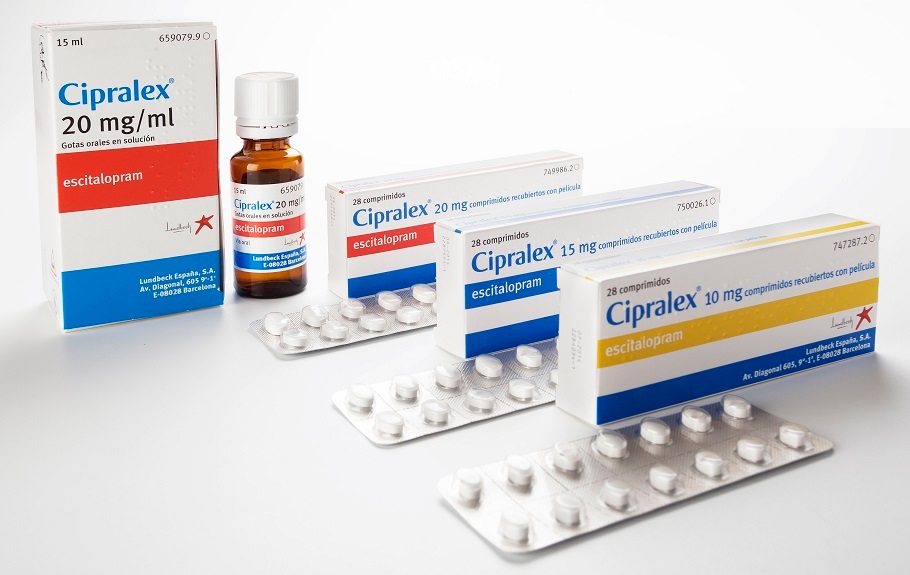
In one of the American studies conducted in 2006, it was found that significant improvements occur in 75% of patients with depression, already at the 8th week of taking the drug.
Scientists from the University of Goteborg in Sweden investigated the efficacy of escitalopram in PMS. Close attention was paid to the main symptoms of PMS: excitability, irritability, tension and a sense of depression. As a result, at a dosage of 10 mg / day, improvement occurred in 86% of women, and in 94% at a dosage of 20 mg / day.
In addition, it was found that escitalopram has a positive effect with pain symptoms of depression (subjects felt headaches, pain in the neck, chest, and in the abdomen at the time of treatment). Improvement was achieved already in the first week of taking the drug, and a pronounced effect occurred after 14 days of treatment.
Indications for use: Treatment of depressive episodes (any weight); Treatment of patients with panic disorders (including agoraphobia).
Contraindications: Escitalopram should not be taken to children under 15 years of age, pregnant women (including lactation), as well as people with hypersensitivity to the components of the drug. In addition, the administration of escitalopram simultaneously with MAO inhibitors is prohibited.
Dosage and administration: Escitalopram is taken once a day, both during meals and independently.
In the treatment of depressive episodes, the therapeutic dose is 10, the maximum is 20 mg / day. As a rule, the antidepressant effect begins to manifest itself after 2-4 weeks of taking the drug. If the desired effect is achieved and the symptoms of depression are completely gone, you should take the drug for at least six months to fix the result.
The course of treatment for panic disorders should begin with a dosage of 5 mg / day, followed by an increase to 10 mg / day. If there is a special need, the daily dose can be increased to 20 mg. The therapy lasts several months, and its maximum effect is achieved on average after 3 months of use of escitalopram.
For elderly patients (aged 65 years), the dosage (both recommended and maximum) is half that of the above. With mild / moderate renal failure, a dose reduction is not performed. If the patient has severe renal dysfunction, then escitalopram should be treated with caution.
For patients with impaired liver function, the minimum dose for the first 14 days of treatment is 5 mg / day. Dosage, if necessary, can be increased to 10 mg / day.
Patients with a weak activity of the isoenzyme P4502C19 in the first 2 weeks of treatment should take the drug in an amount of not more than 5 mg / day. Depending on the personal reaction to the drug, the dosage can be increased 2 times.
To avoid withdrawal syndrome, escitalopram should be gradually phased out, reducing the dose within 2 weeks.
Side effects: As a rule, occur in the first 2 weeks of taking the drug and eventually go to naught. Among the most common side effects are the following: nausea, diarrhea, decreased appetite, constipation, drowsiness (possible insomnia), increased sweating, weakness and dizziness, decreased sexual desire.
Storage conditions: Storage temperature should not exceed 25 ° C, do not let the drug enter the children's hands.
Terms of selling from the pharmacy: Without a prescription.

 Cart
Cart


